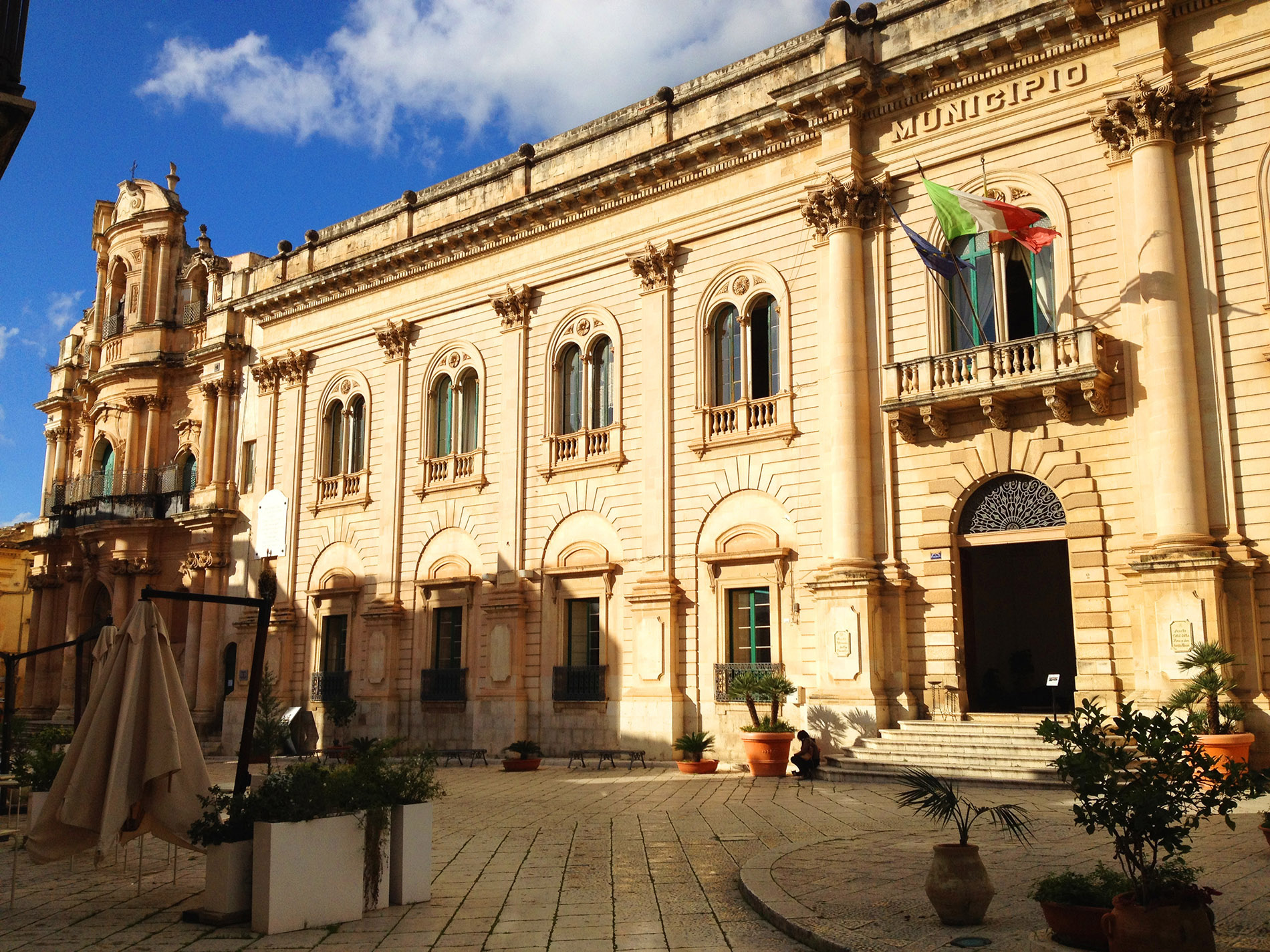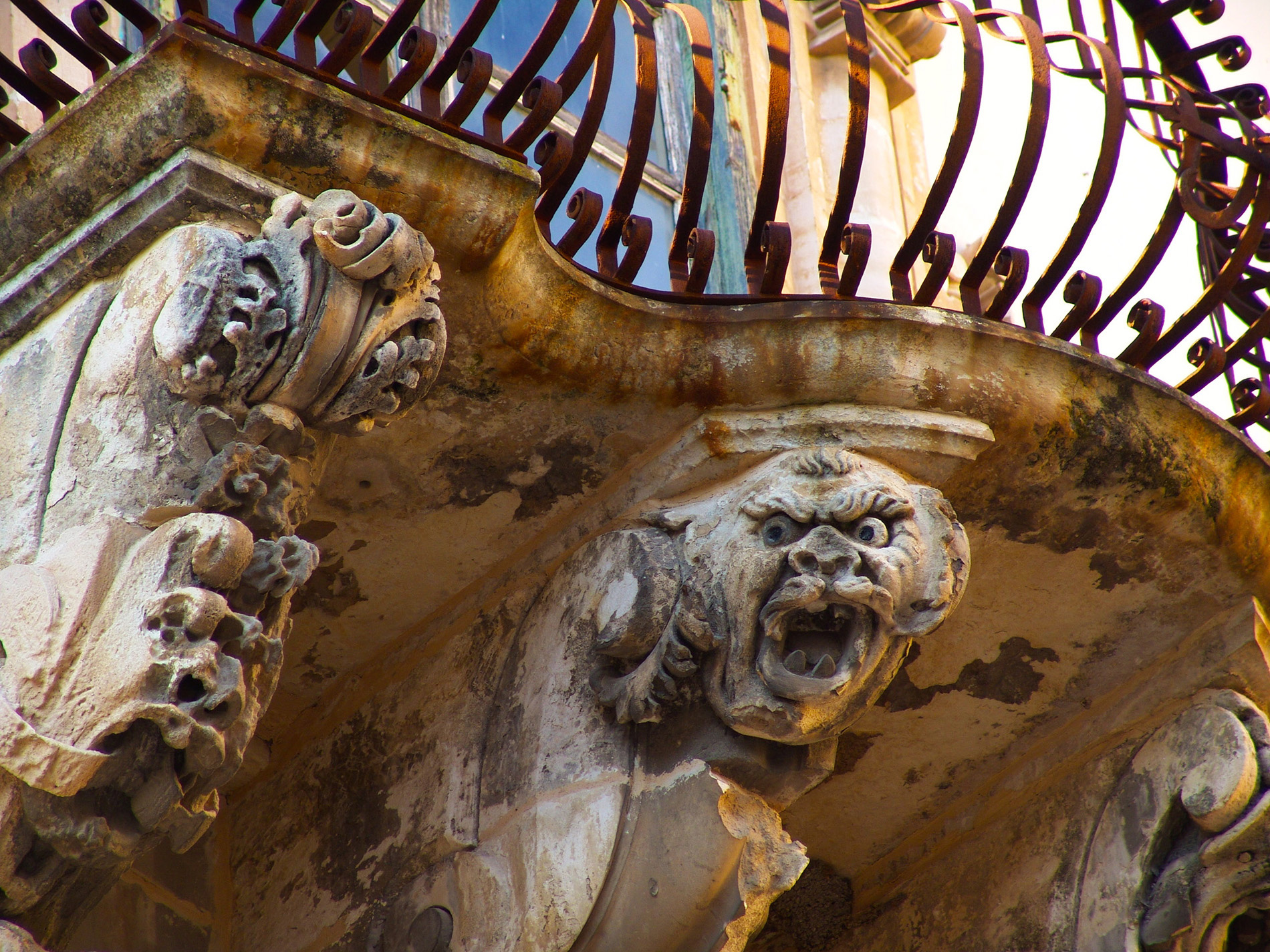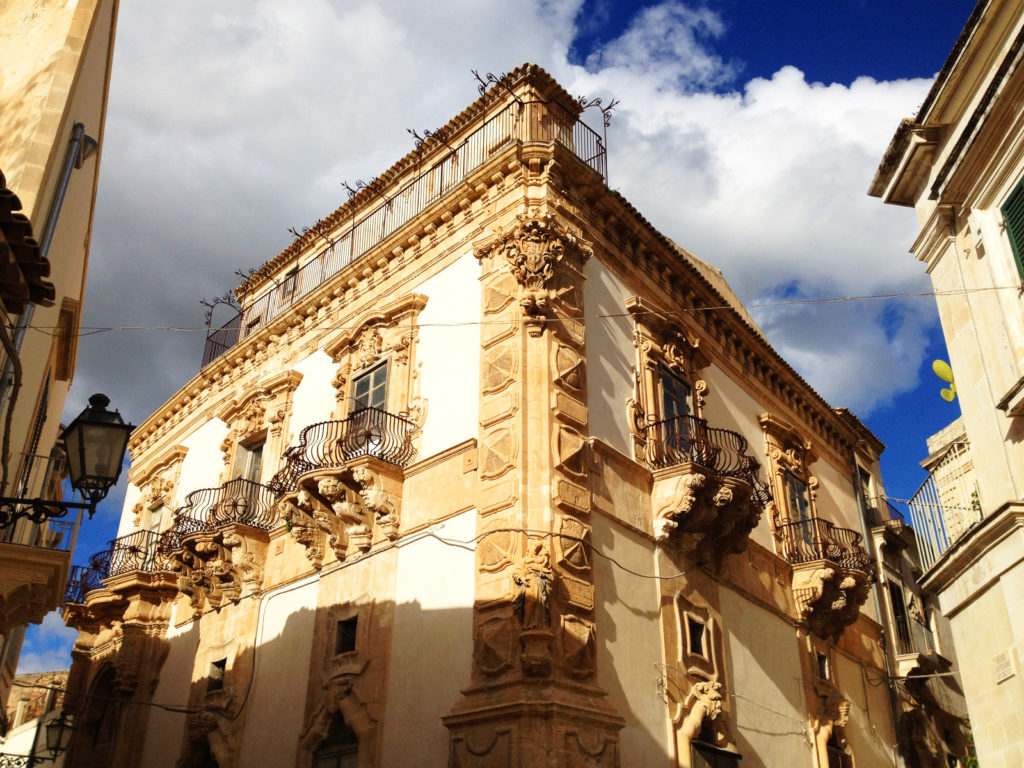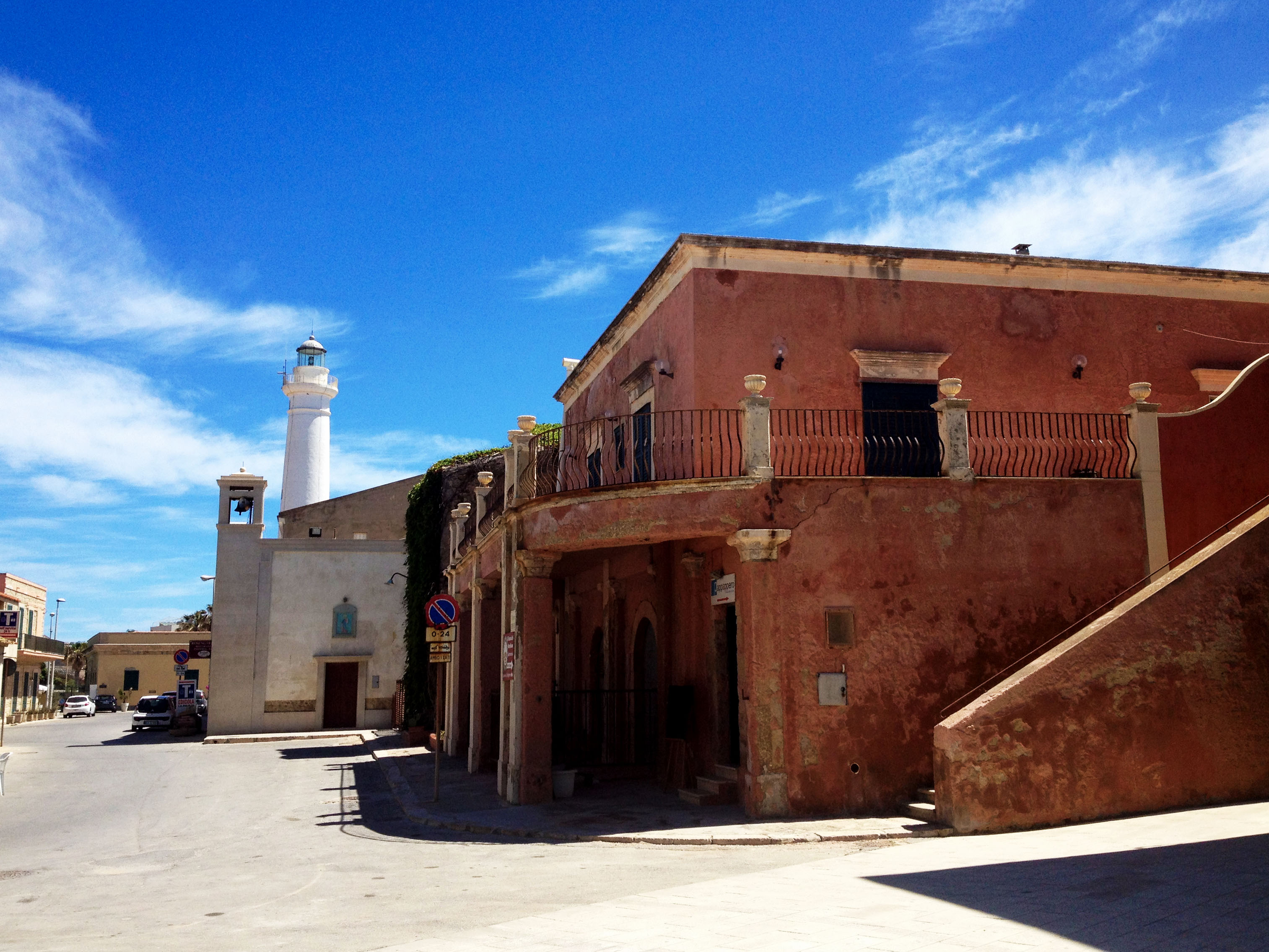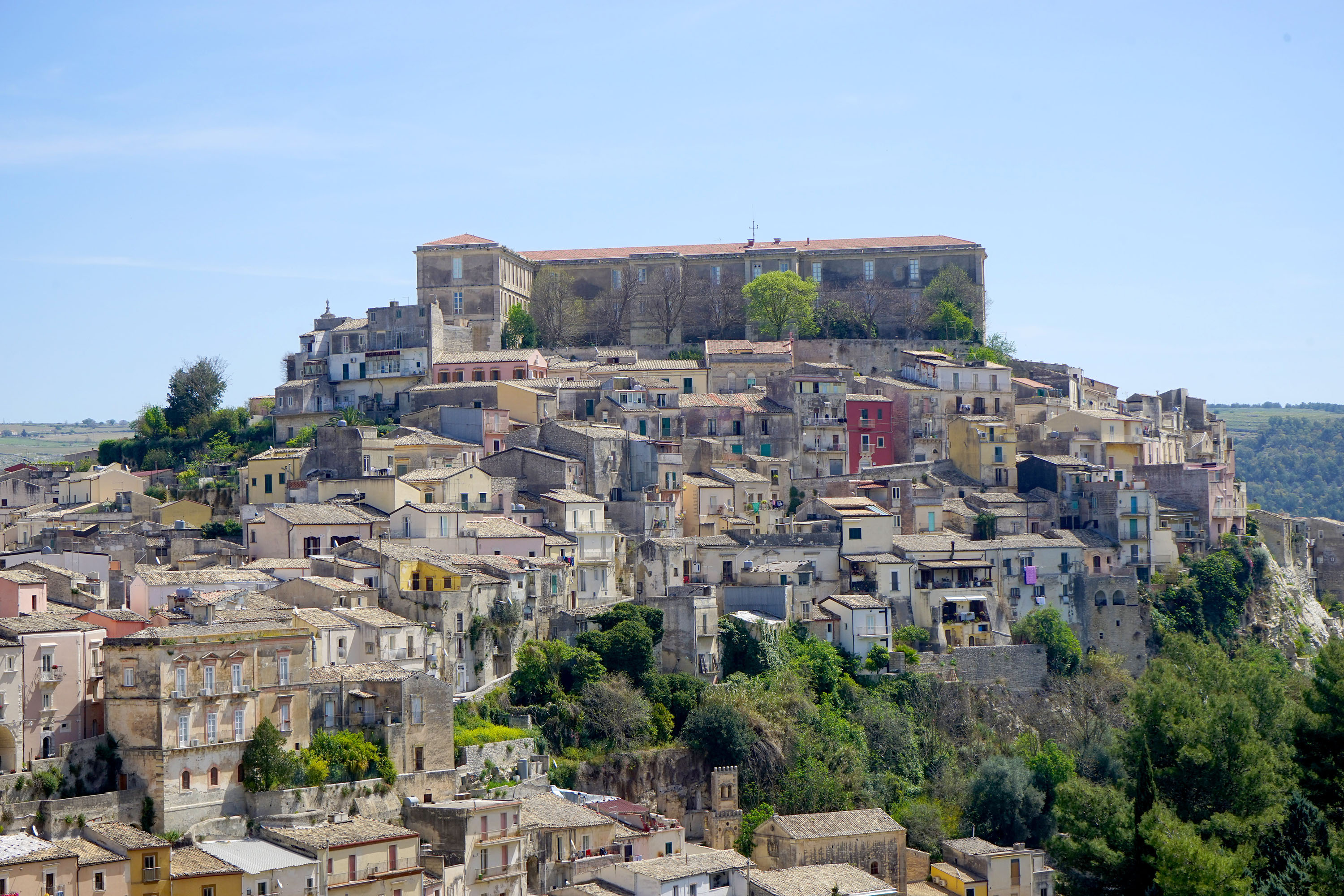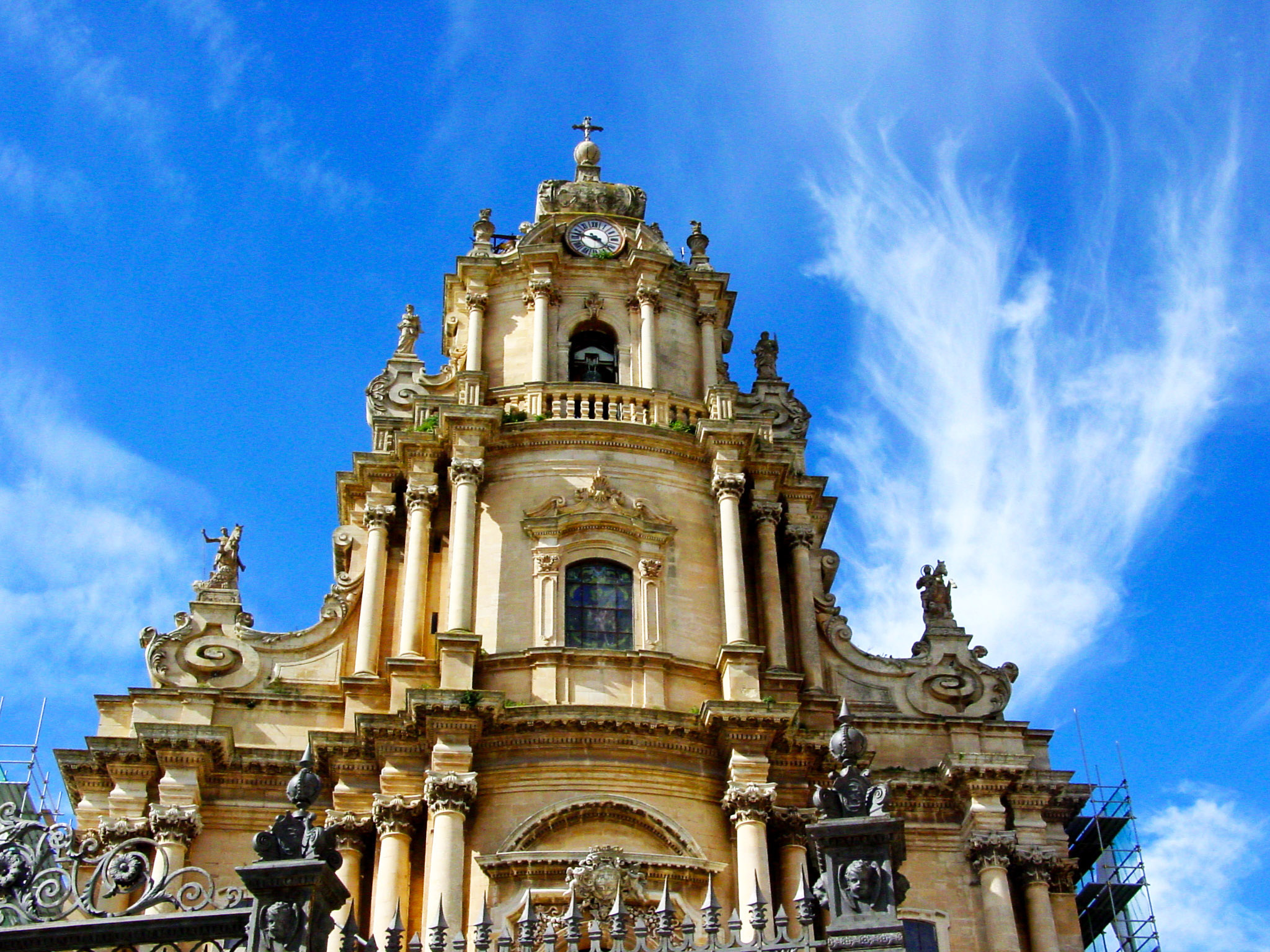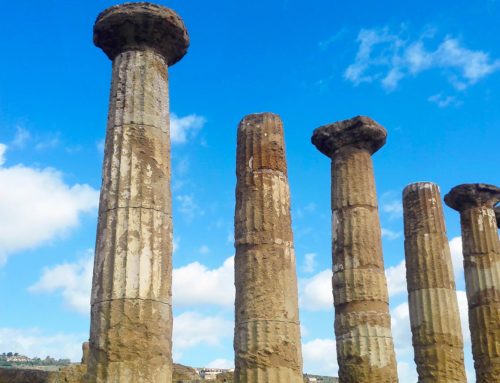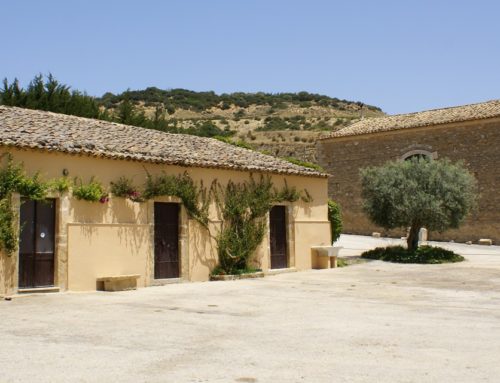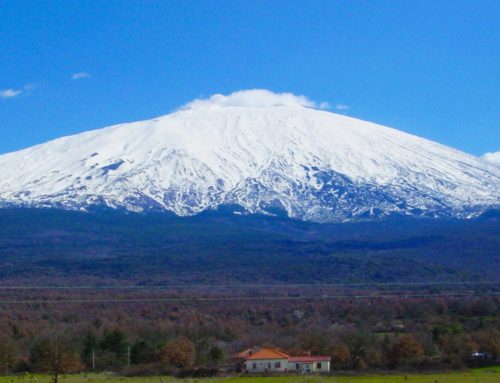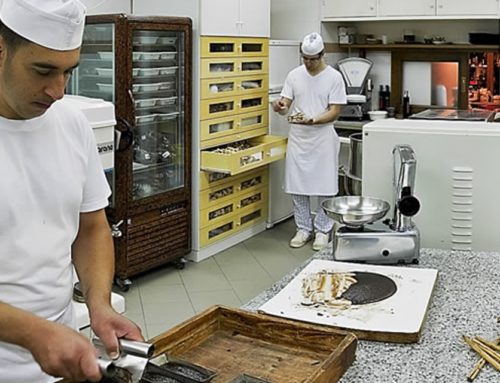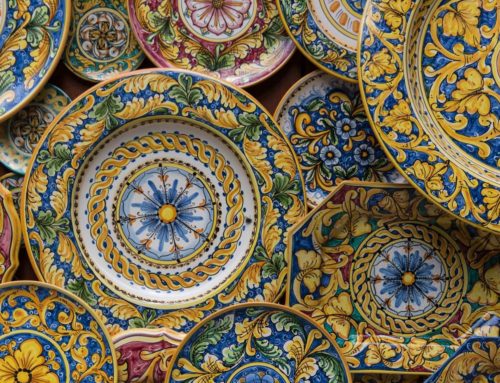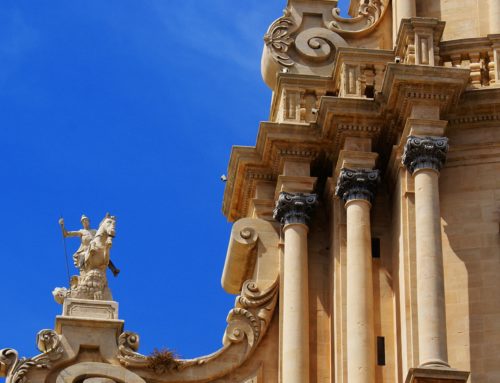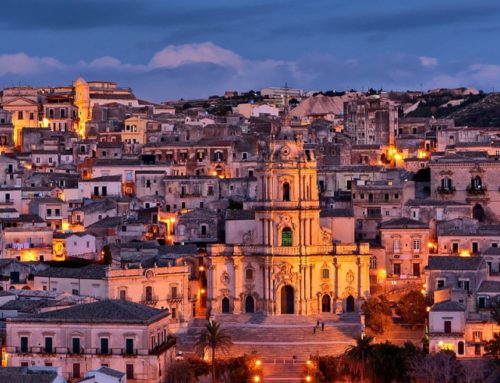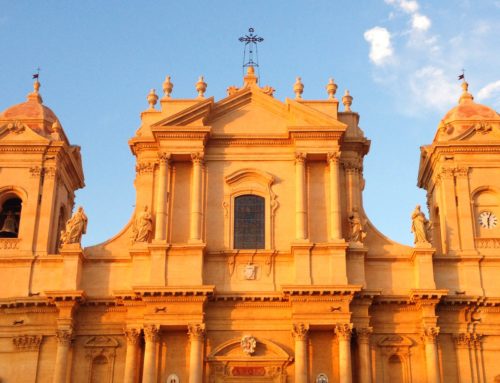Project Description
Montalbano Tour
From Ragusa | Half Day
Vigata (Scicli)
In the morning you depart for Vigata (Scicli) to see Montalbano’s office (Scicli town hall) and the adjoined Police Station, a local noble Palace. Enjoy a nice stroll to admire the beautiful baroque architecture of via Mormino Penna.
Marinella di Vigata (Donnalucata),
Montalbano’s house (Punta Secca)
Continuing towards Marinella di Vigata (Donnalucata), we will stop for an ice cream or lunch at Montalbano’s house (Punta Secca), which can be seen from outside as it is a bed and breakfast. B&B.
Vigata (Ragusa Ibla)
After Donnalucata we will visit Vigata (Ragusa Ibla) to discover more sites of the fictional town: the staircase leading to the Duomo of San Giorgio and Santa Maria delle Scale. From here you will get the chance to admire a breathtaking panorama of the town before sunset time. Before driving back to your hotel, there will be some free time to take pictures and buy souvenirs.
Scicli
Scicli is a medium size town with about 30.000 inhabitants. The town is located on ancient river beds and sits on a flat area encompassed by three valley which converge into the geographical and historical city center today.
The name probably comes from the population of Siculi which lived in this area of caves and settlements dating back from the bronze age through the byzantine and medieval age.
The contacts with the Greek were occasional, while significant are the traces left by the Carthaginians, Roman and Byzantine; the Arabs left the most remarkable influence on the territory organizing the farming activities around the vast and fertile countryside around and making the town prosperous thanks to the commerce.
The Normans engaged here a harsh battle against the Arabs and still today the event is celebrated through the feast of Madonna delle Milizie who appeared on a white horse and defeated the infidels.
Swebians, Angevins, Aragonese and the County of Modica mark the historical chapters of the town till the big earthquake of 1669; the sisma gave impulse to rebuilt churches, convents, noble palaces and a town layout among one of the most elegant of the Baroque treasures of the area.
The upper part of the town, Saint Mathew hill, deserves a nice walk to enjoy lovely views from the top and see castles, fortifications and the visit of the deconsecrated church of Saint Mathew itself.
If you want to climb the hill you will walk along the way by “Palazzo Beneventano”; the palace has some of the most beautiful and unusual scary carved human heads with their tongue out which intimidate the traveller watching from the ground to the top. The figures are mounted by a crown, coat of army of Beneventano family, which today is represented also in the city flag.
The civil and religious building, palaces and churches, stand along a three branched itinerary where squares and main streets have the nicest baroque art pearls in town.
Along via Mormino Penna you will see remarkable churches, prestigious palaces and the city hall, often the set of TV fiction Inspector Montalbano, whose police headquarter is inside the building; San Bartolomeo church and other noble palaces (Fava and Mormino Penna) are other art wonders not to be missed too.
Today the town lives of agriculture and tourism, thanks also to the nice sandy beaches and shallow water a few miles away.
Punta Secca and Donnalucata
Punta Secca and Donnalucata are two villages on the sandy shores, southeast of the island. The two fishing villages were inhabited from ancient times and they were often fight fields of numerous battles between Arabs and Normans in the 11th century. The authenticity of the places, the richness of the coastal landscape and waters with fish, the genuine way of life of the locals have made these two wide bays ideal spots for the Sicilian set of the famous TV series il commissario Montalbano.
Punta Secca is the place where the Inspector swims in the waters by his sea front house at the end of a small sandy Bay; Donnalucata is another place where the inspector often meets witnesses, alleged criminals or ordinary people just walking by. In both places Montalbano delights his palat with seafood meals which constantly recall the atmosphere of simplicity of the fishing village and Sicilian cuisine.
Ragusa and Ragusa Ibla
Ragusa and Ragusa Ibla are two parts of the same town built on two different areas of a hill and administratively reunited only at the beginning of Nineteen hundred.
Their history is linked to the terrible earthquake of 1693, when the local inhabitants did not agree on the site to rencontsruct the new town: the conservative aristocracy and the new middle class of the farmers “massari”.
The name Ragusa Ibla comes from the legendary Hyblon, king of the Sikelian who lived on the low plateau flanked by two rivers, while Heraia comes from the goddess Hera, protector of the coltivated lands.
The place has always been inhabited from the prehistoric times, thanks to the many caves used as natural shelters, abundance of water, opportunity to use waterways to the coast, not too faraway to use water trade routes for commerce and not too close to be afraid of enemies.
Romans, Byzantines and Arabs considered it a crucial place to control. Romans built acqueducts, Byzantines fortified the town and Arabs had to fight hard to take the control, after which they built a castle on top of the hill. Jewish communities were very active here and they settle on the border of the town.
During the Arab time the sloping territory around was set in terraces and subdvided in small rural villages; they also introduced new plants like cotton and irrigation techniques.
The Normans introduce the cult of Saint George; locals are quite devoted to him and most of the people bear his name since he is the patron Saint today.
During the medieval time different dynasties, local barons, lords and rich families alternatively run the power till fifteen hundred when Ragusa joins the County of Modica, which guarantees economic power, political and social stability.
In this specific moment, starts the enfiteusi system. Uncoltivated lands are given in concession for a very long term to farmers. They extend this benefit to their family members for more than one generation and join in groups like a modern cooperative.
As evidence of this new idea the nature of the territory changes; farmer can organize a crop rotation as well as flour over production which means economic prosperity due to the commerce of the cereals in surplus. It will begin a new lifestyle and mentality. A new social class breaks in and will enter in competition with the nobility, not so keen of a change.
The earthquake in 1693 devastates the town and entire noble families are left sometimes with no heir; their heavy houses kill more people than the small houses with one floor only of the lower classes. Now important decision are taken by the farmers “massari” which plan the reconstruction on a new site. The noble re-use spaces, resources and stones from the same place.
These steps have not a pure urbanistic value, but they go beyond to the social value of the decisions which will determine for a long time the events of the town of Ragusa.
Here a new cathedral is built and the new town layout developes in blocks with parallel and perpendicular streets and a few avenue, just like a modern town of today.
Ragusa Ibla will keep its power and authority thanks to the many baroque churches and palaces whose facades and balconies are finely decorated with curvy frieges and strange puffy cheeks and human heads.
Its prestige starts to fade out at the end of 1800 when the practical need to live in modernity comes before the superficial lifestyle of the Aristocracy well expressed by the elegant “Circolo di conversazione” (gentleman’s club) building, the last beautiful monument of a decaying former ruling class.
Ragusa Ibla falls in decadence. It is inhabited by stubborn old people and it is abandoned, forgotten almost as a ghost town until the beginning of the nineties.
In 2005 Ragusa is declared a Unesco world’s heritage site and the town has a massive rebirth.
Its churches, palaces, houses are restored and an uncountable number of B&B replaces the old abandoned houses until the change is made.
Today Ragusa Ibla is one of the most fascinating places in Sicily. Here you can walk back like a time machine, simply wandering around hidden cobble stone alleyways and tiny streets.
You might be ready to be seduced looking up with your nose towards the bizarre and unique architecture of the stone charachters underneath the balconies of Palazzo Cosentini, Palazzo La Rocca, Palazzo Zacco and many other to be discovered.
The square with the Duomo of Saint George has the church not alligned with the square and a moderate steep sloping down; this urbanistic set makes this place really unique and charming.
The pitch stone and the oil later on discovered gave a great impulse to the local economy; more recently Ragusa became an important shooting place for the famous Italian TV series “Inspector Montalbano”.
Travellers come here attracted by the charming policeman but also by this corner of Sicily.
They come encouraged by a moderate and low profile tourism, different than the stereotyped mass tourism of elsewhere…
- Private Sedan car or Mercedes Viano up to seven seats
- Private driver speaking your language
- Fuel, motorway toll and parking fee
- Half day service with private driver and car UP TO 4 HOURS
- Full day service with private car and driver UP TO 8 HOURS
- Water bottle onboard
- Visits, stops and panoramic driving tours described on the itinerary
NOT INCLUDED:
- Archeological sites, monuments and churches entrance fees
- Local products and wine tasting or culinary experiences unless included
- Driver and local guides gratuities (we suggest 10% if services meets or exceeds your expectations)
- Local Sicilian regional licensed guide
- Meals, wine tasting or culinary experiences if not already included in the itinerary
- Yachts, helicopter or private plane rental linked to our ground transportation service
–
or send us a message requesting information, our team will respond as soon as possible.

